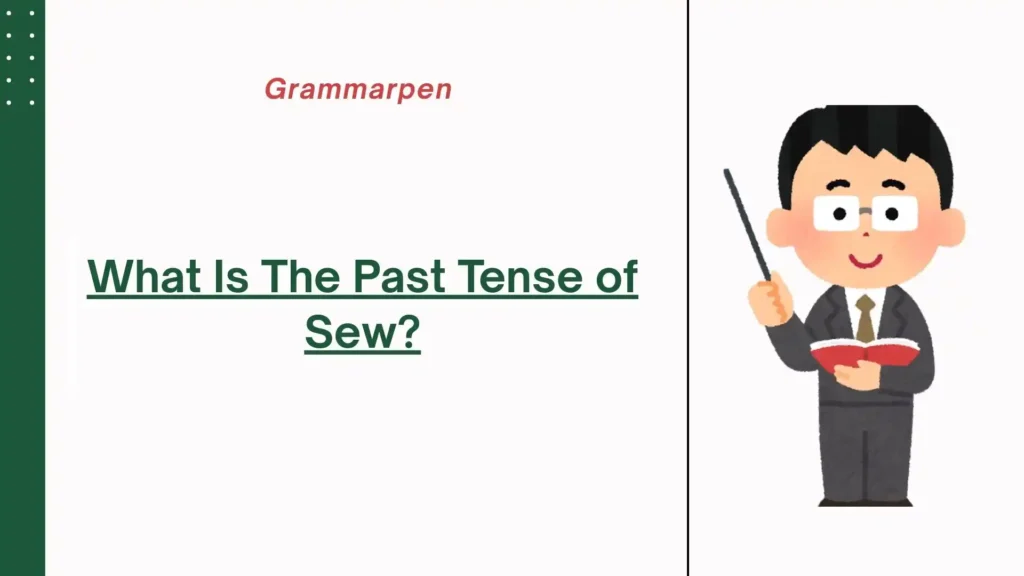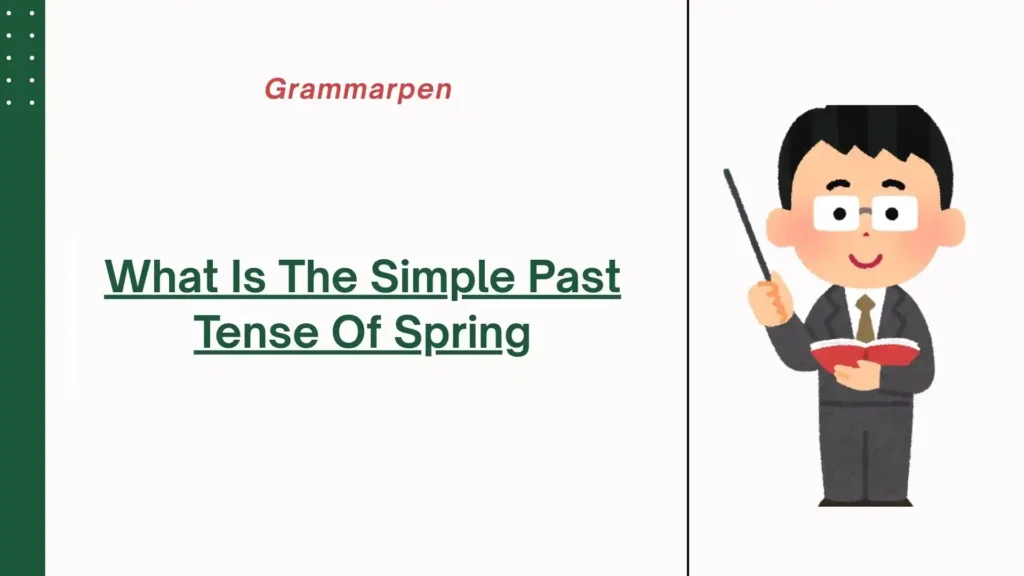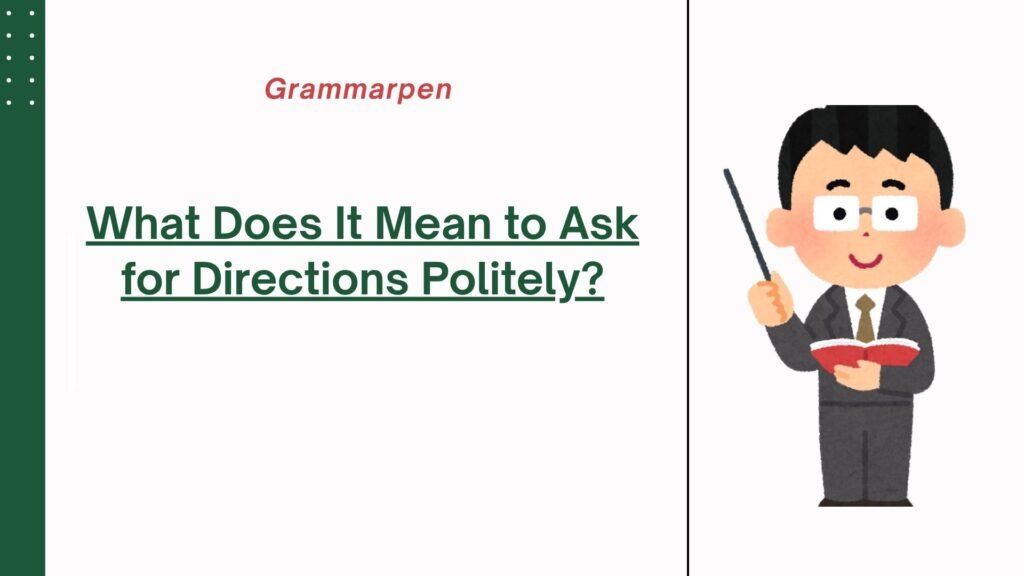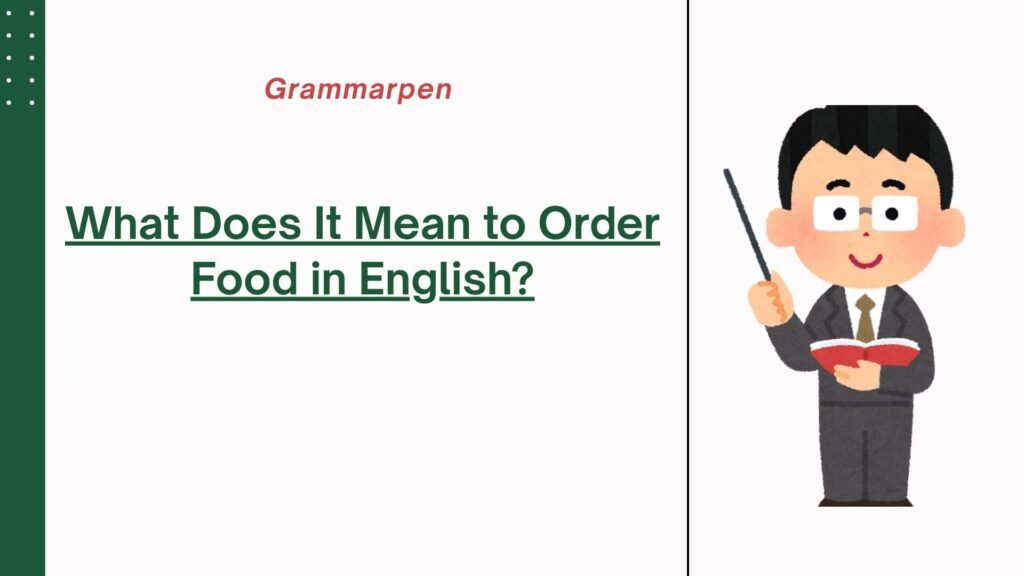What is The Plural of Buffalo?
In English, the word buffalo has more than one accepted plural form. You can correctly use buffaloes, buffalos, or simply buffalo without changing the word at all. All three are recognized by major dictionaries and grammar references. This flexibility makes it different from many nouns, and it sometimes confuses learners. Traditionally, buffaloes has been the…
Read more










